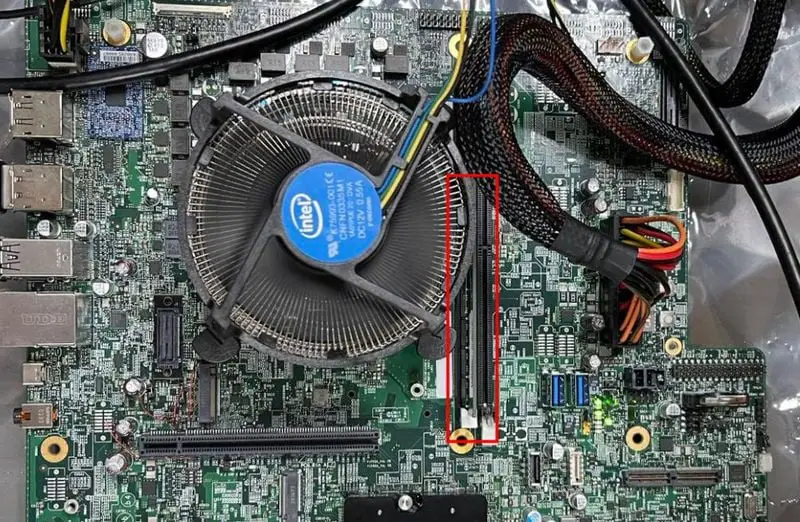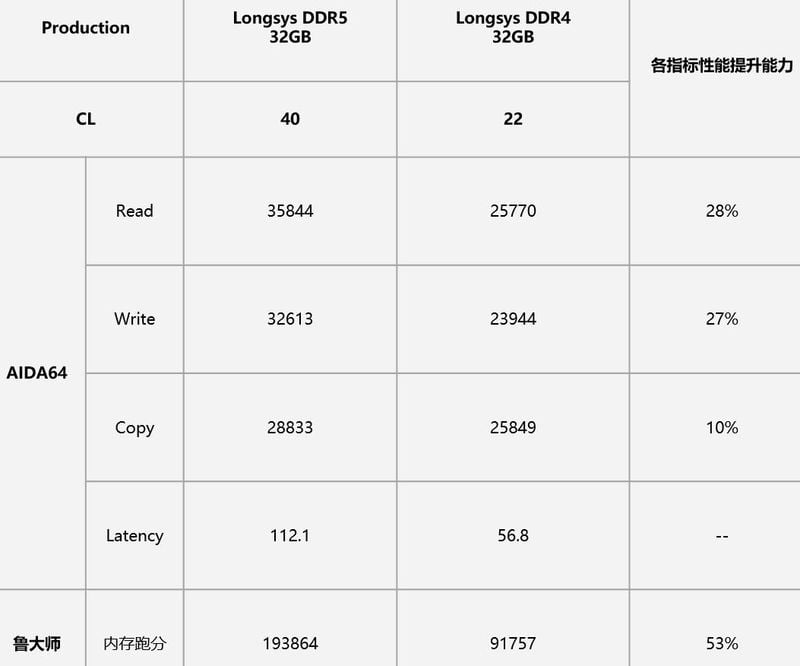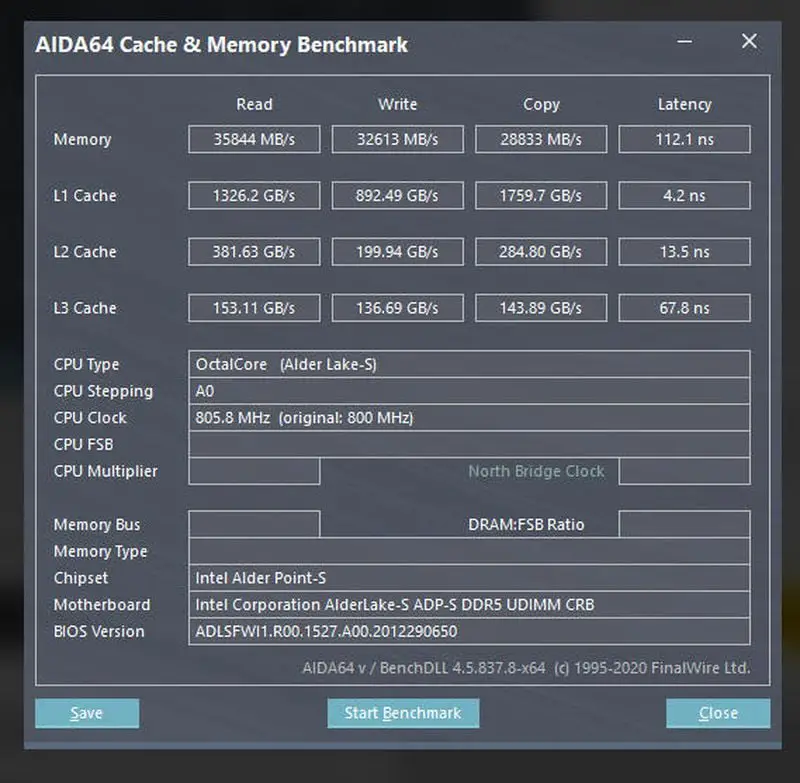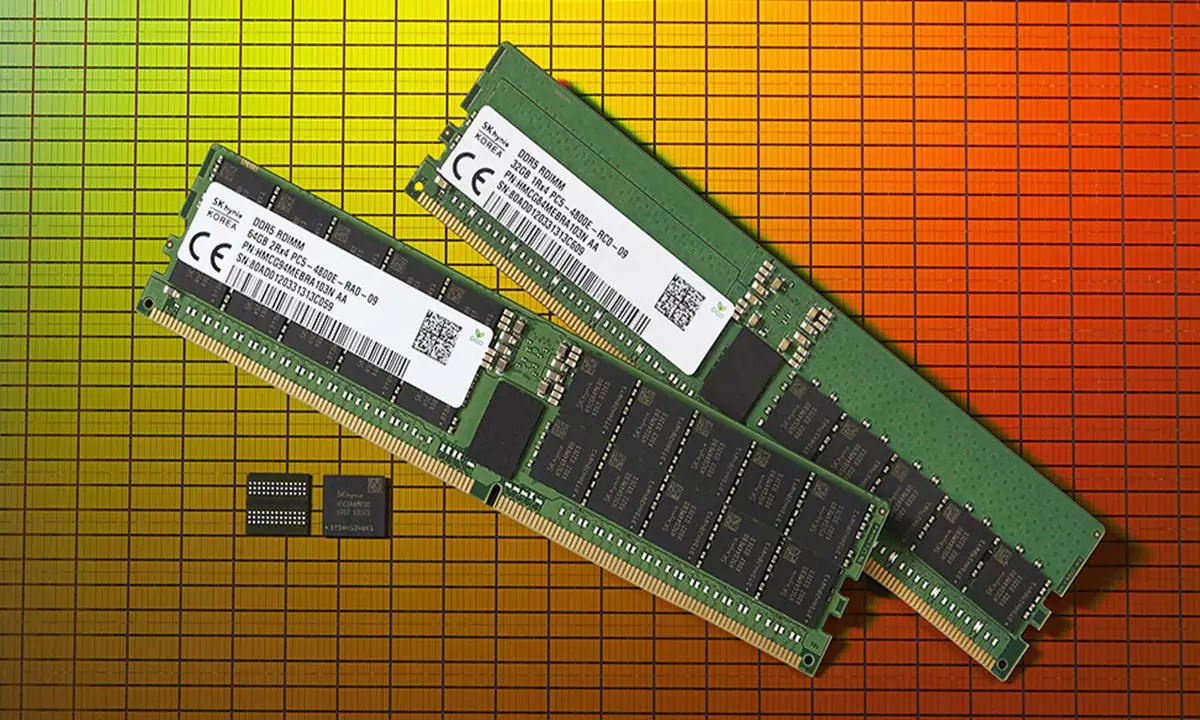DDR5 memories are on the launch ramp and it is relevant given the importance that these random access memories known as RAM have in any computer equipment. Several manufacturers have already announced solutions and they are expected to be available by the end of this year for the arrival of Intel Alder Lake, one of the platforms that will support them.
The arrival of a new generation of memory is a critical issue. In addition to the cost of the memory itself, there is also the price of the motherboard and the processor. Leaving aside the GPU and storage solutions, you have to change half the equipment and make a significant investment. This is why memory upgrades take place years apart and are usually done quite gradually. Will it be worth the leap?
The new standard approved by JEDEC shows on paper significant advantages in performance, power consumption, operations, or capacity compared to DDR4, in addition to other manufacturing advantages, improvements in the data controller, the power management integrated circuit or the error correction code (ECC) included in these memories for workstations or servers.
At the same time, the advanced technological processes of 10 nanometers and below that will be used should make it possible to increase density and lower production costs. As a result, modules of the same capacity of DDR5 versus DDR4 should be less expensive.
DDR5 vs DDR4 performance
Chinese memory manufacturer Longsys has published test results of a new DDR5 memory kit with the Intel Alder Lake-S desktop platform. The Chinese memory manufacturer tested two kits, one single-rank and the other dual-rank (both x8). The former with 16GB capacity, while the latter had 32GB. Both kits have the same frequency specifications of 4800 MHz and CL40 latencies (40-40-40-77).

According to Longsys tests, the DDR5-4800 MHz memory tested increased performance by 53% over DDR4 tested at the same speed with the company’s in-house Ludashi testing tool.

In tests with AIDA64, a more recognizable and widely available test, read speeds increased by 28%, and write speeds were 27% higher.

Good results, although we always caution to observe in the use of these benchmarks which may not tell the whole story of one hardware versus another. For example, the higher bandwidth of DDR5 comes at a cost in latency and latency doubled in the tests, 112.1 nanoseconds versus 56.8 ns for the DDR4 tested. We will have to wait for further tests and with Intel’s final commercial developments and not with the engineering samples that Intel has sent to manufacturers and with which these tests are being done.
Intel will announce in a couple of days at GDC the launch of its new processing platforms. The “Tiger Lake-H” for notebooks and the “Rocket Lake-S” for desktops. Surely many users are wondering whether to upgrade now or wait. Personally, given the changes that are coming (and not only in memory) in the case of desktop assembly, but we would also wait if I don’t need to renew the equipment.
Alder Lake is Intel’s newest and most interesting processing platform in a decade. Manufactured on 10nm SuperFin processes, they will feature a completely new architecture using a hybrid technology that we have already seen in ARM’s “big. LITTLE” designs and Intel’s Lakefield’s, but which will be a big first for an x86 platform intended for personal computers. They will debut the new LGA-1700 socket that Intel promises to maintain for at least three generations of processors and in addition to DDR5 memories, they will also debut other standards such as PCIe 5.0.





